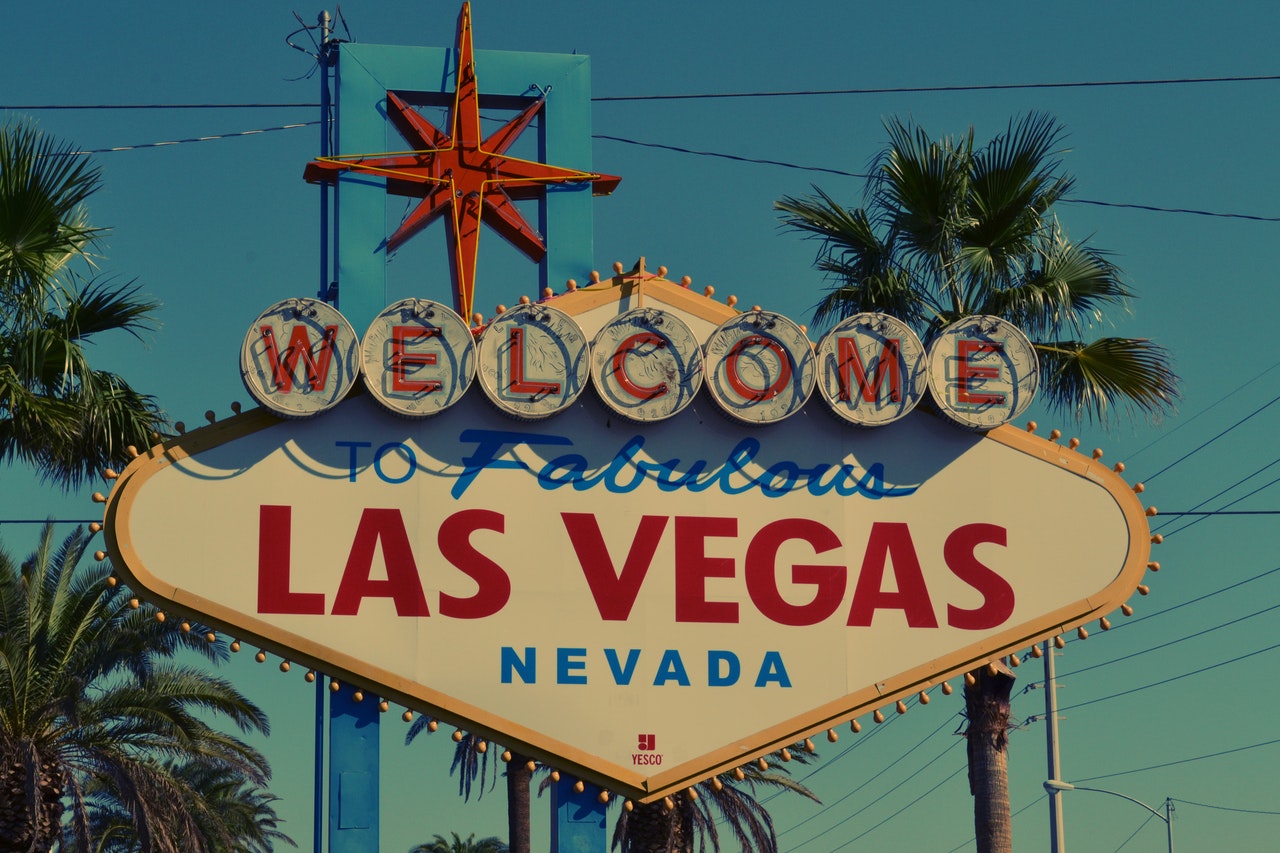When i was little children I used to spend most of my time during summer vacation on the tree. There were many grass-eating animals like cow, goat, and sheep used to relax in the shade of trees. I often used to see that they used to chew something constantly when they were not eating anything. This was a mystery for me. But I understood it completely when i was on seven standard. And I want to explain you. why all the grass-eating animals use to chew constantly even when they are not eating something.
The grass eating animals like the cow, goats, sheep and deer swallows the grass quickly with little chewing. After few hours. They bring the food from the stomach back into the mouth and again chew it. This process is called rumination. And such animals are called ruminants.
Now, the question is
So, Let's begin !
The grass eating animals like the cow, goats, sheep and deer swallows the grass quickly with little chewing. After few hours. They bring the food from the stomach back into the mouth and again chew it. This process is called rumination. And such animals are called ruminants.
Now, the question is
Why is ruminations necessary for grass eating animals
Answer: We well know that grass eating animals use to eat grasses. And the grass is rich in cellulose (The cellulose is a type of carbohydrate). Many animals including human cannot digest cellulose. But grass is the main food for grass-eating animals. Hence they need to digest the grass. For digestion of grass they take part in a process called rumination. Without rumination they cannot digest the grass taken as food. That's why ruminations is necessary for grass eating animals.
Now, Let's know
What is actually occurring on the process of rumination
Grass eating animals eat grasses during grazing and quickly swallow it. After swallowing the grass it goes into a separate compartment of the stomach which called the Rumen. There are some bacteria in the rumen that can digest cellulose present on the grass. Here food get partially digested. This partially digested food is called cud. After sometime this cud again return to the mouth in small lumps and then animals chew it thoroughly. This is the reason that many times I were used to see a cow or goat moving their jaws from side to side and chewing continuously even when it is not eating grass.
LAST WORD
Rumination is a process which occurs only in grass eating animals.
So, Let's begin!
CUSCUTA (Dodder/Amarbel)
Cuscuta is an example of such type of plants which does not contain chlorophyll.
- Like humans and animals it depends on the food produced by other plants.
- It use the heterotrophic mode of nutrition.
- Cuscuta(Dodder/Amarbel) is a leafless and thread-like plant that climbs on other plants.
- It takes ready made food from the plant on which it climbs.
- The plant on which it climbs is called a host.
- In the given picture below the Flower bearing plant is called a host.
- Since it completely dependent on the host for valuable nutrients, it is called a parasite.
Their is some plants which contain chlorophyll and carry out photosynthesis to obtain a part of the food required by them . But they also use to eat insects even small frogs also. Yes it is true they use to eat insects.
So, let's know more about This!
INSECTIVOROUS PLANTS
Have you seen or heard of plants that can eat animals? There are a few plants which can trap insects and digest them. They get nutrients from trapping and eating animals. Such insect-eating plants are called insectivorous plants. Such plants may be green or of some other colour. Some examples are
Pitcher Plant
Venus Flytrap
If we talk about venus flytrap their is a leaf which contains teeth like strong hairs. If an unwary insect walks across these hairs, touching two or more of them in succession, the leaf will close quickly. Insects are unable to escape between the hair-like teeth the helpless insect is slowly digested and absorbed by the leaf. Glands on the leaf surface secrete several digestive enzymes that help to decompose the insect. Once the insect has been digested sufficiently, the leaf re-opens for another victim.
The structure and the way of trapping and eating insects of all the insectivorous plants are different.
But question is Why they use to trap and eat insects?
Answer:
Insectivorous plants are usually found in areas of poor soil or poor in nutrients, specifically swampy habitats with low nitrogen availability. Some of these plants are green and carry out photosynthesis to obtain a part of the food required by them. But they do not get the nitrogen from the soil in which they grow. So, insectivorous plants feed on insects to obtain the nitrogen needed for their growth.LAST WORDS
We learnt that-
- Cuscuta (Dodder/Amarbel) is a plant Without chlorophyll They cannot synthesis their food.
- It takes ready made food from the plants (host).
- Some plants use to trap and eat insects.
- Such insect-eating plants are called insectivorous plants.
- Some of these plants are green and carry out photosynthesis
- But they do not get the nitrogen from the soil.
- Hence, they use to eat small insects.
Have you hear some organism which cannot be called animal and also not plant. How do they get their food? What do they use to eat? CLICK TO KNOW MORE
Download Class 1 All NCERT Books
Class 1 Math
Class 1 Hindi
Class 1 Urdu
Class 1 English
Source:
NCERT


































